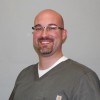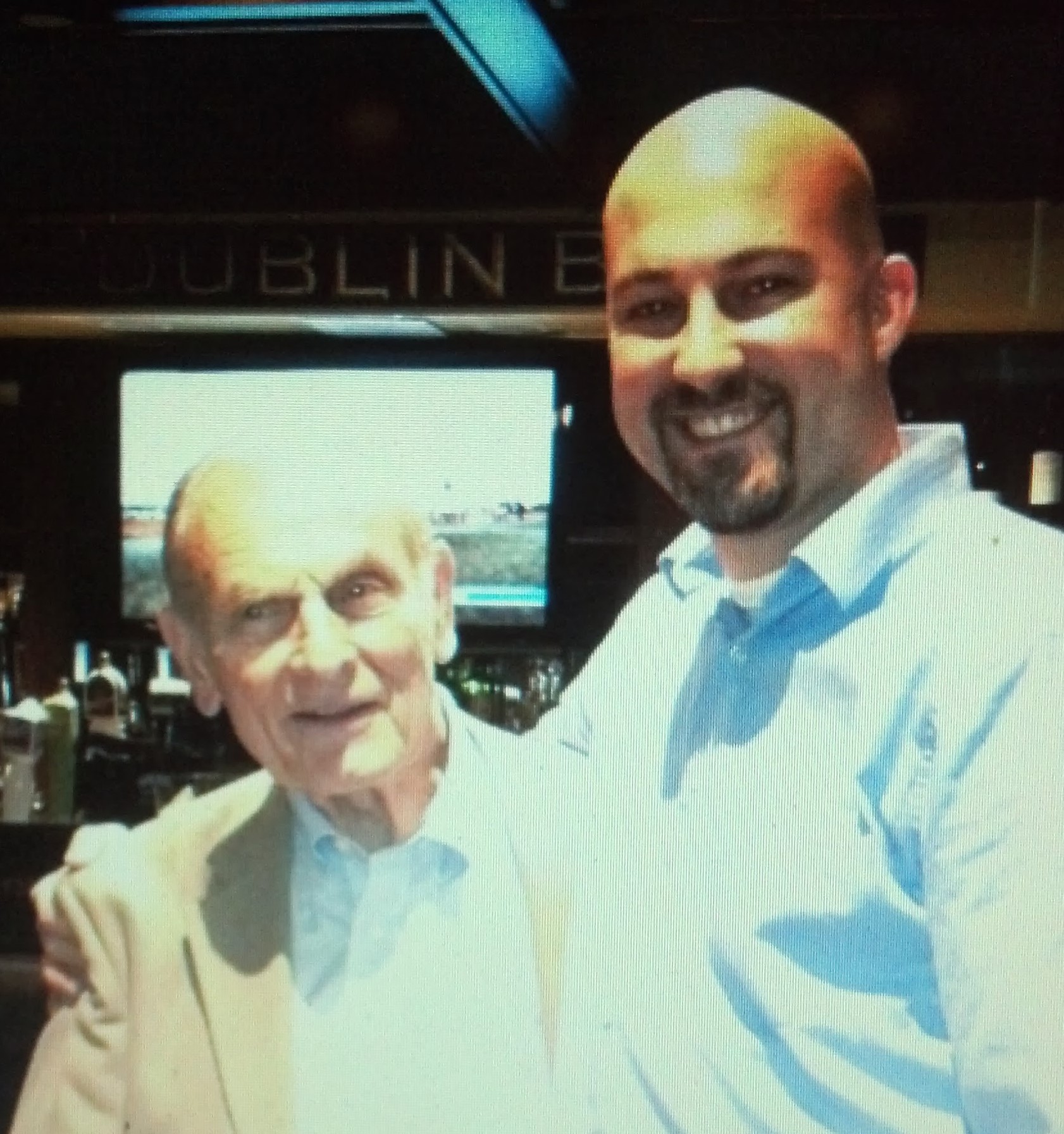Q&A with Brad Varney, CO
Posted on
 Brad Varney is a certified orthotist who specializes in pediatric scoliosis and plagiocephaly management among other things at the Boston O&P clinic in Peabody, MA. In this Q&A, Brad shares how he learned some life lessons from an early mentor—a one-of-a-kind physician, Dr. Seymour Zimbler.
Brad Varney is a certified orthotist who specializes in pediatric scoliosis and plagiocephaly management among other things at the Boston O&P clinic in Peabody, MA. In this Q&A, Brad shares how he learned some life lessons from an early mentor—a one-of-a-kind physician, Dr. Seymour Zimbler.
How did you become interested in the field of orthotics?
My journey into orthotics was unique. Initially, I began my studies after high school in the field of meteorology. After three semesters, my interests changed drastically when I realized wanted to enter the medical field. I began looking into the allied health professions. I took an introductory class on orthotics and prosthetics during my undergrad and after only a few classes I felt my calling. I set up an informative interview at a local O and P facility through my aunt who was an office manager to see the clinical side of the field. Soon after, I did volunteer work at an orthotics clinic with a seasoned orthotist at a local hospital. I was then led to the owner of a central fabrication facility, which turned into an informal internship where I was exposed to the technical side of the profession. It wasn’t long before I was enrolled at the Newington Certificate Program at UConn followed by a residency with Boston O&P at Children's Hospital Boston (CHB).
You specialize in pediatric spinal care and plagiocephaly management. Why were you drawn to those specific areas?
My residency at CHB was when I was first exposed to helmeting infants for deformational plagiocephaly and brachycephaly and bracing children for scoliosis. Both areas of the field were seen daily. In 2001, we cast infants for helmets and we modified the molds ourselves. Patients needing to be braced for scoliosis were either measured or cast at that time. I felt intricately involved in both areas and received significant exposure. Our company works with and alongside the best orthopedists in the country. Naturally with this exposure and experience, my skills and confidence increased. Over twenty years later, I continue to enjoy working in these specialized fields.
How is treating children different than treating adults? What special challenges does it involve?
When working with young children who cannot communicate their thoughts due to limited vocabulary, as orthotists we are often limited to our own perception of the fit and function of the braces we provide. Children are always growing and require follow up appointments more often than adults. Adult patients usually provide us with feedback, good and bad, regarding fit and function of their orthoses.
What would you tell a parent who has spinal or plagiocephaly-related concerns about their children?
My response will vary depending on the age of the child. In regards to parents concerned about plagiocephaly, if the child is under 4 months, I may recommend the Perfect Noggin if the child is a good candidate. For children over 4 months, they should consult with their pediatrician, especially if torticollis is present. I would educate the parents on repositioning if appropriate for both age groups. We can determine the severity level in the office and make a recommendation based on the degree of asymmetry. We can also screen for cranial synostosis and direct families to the appropriate specialist. If a Boston Band helmet is necessary, I'd share with them how quickly the entire process will be over.
In regards to spinal-related concerns, we are experts on pediatric scoliosis, kyphosis and spinal fracture bracing management. We use state-of-the-art scanning software to capture each patient’s specific anatomy, allowing us to provide the best-fitting and effective bracing possible. When combined with decades of experience and constant improvements made to our spinal bracing line-up, such as the Boston Brace 3D for scoliosis, your child will be in very capable hands at Boston O&P.
How do you define success in your clinical practice?
We have several outcome studies that provide objective data in all specialties. We strive to meet goals that are based on very high standards we set for ourselves. In order to reach these high standards of success, we work with a team mindset in each office, placing patient care at the forefront. Collectively, the willingness to change and adapt to new technology and application of LEAN strategies to all aspects of our work has led to our success in Peabody.
What has been your most rewarding experience working in your field, and at Boston O&P specifically?
The moment my 15-year-old patient’s ataxia stopped seconds after donning her with her first DMO suit was highly rewarding.
What do you see as the most exciting advancement in orthotics treatment?
For many years the advancement in scanning technologies has greatly improved and have become much more versatile. We are probably less than a few years away from 3D printing orthoses. I believe once this technology becomes more assessable to our field, it will be the next big advancement in O and P world.
What experiences have done the most to expand your skillset and improve your ability to treat your patients?
Over the past five years, I have worked alongside pediatric physiatrists associated with both Boston Children’s Hospital and Spaulding Rehab. The initial evaluation of each of their patients brings in many of the specialists involved in maximizing function together in one room. This collaborative approach provides a highly balanced approach to each patient’s situation.
 Secondly, I can attribute my bedside manner skills to a truly one-of-a-kind physician, Dr. Seymour Zimbler. He has since passed away, but being in his presence during his weekly orthopedic clinic he displayed how important it is to ease patient’s anxiety during a typically stressful clinical exam.
Secondly, I can attribute my bedside manner skills to a truly one-of-a-kind physician, Dr. Seymour Zimbler. He has since passed away, but being in his presence during his weekly orthopedic clinic he displayed how important it is to ease patient’s anxiety during a typically stressful clinical exam.
Do you have any specific goals or wishes you would like to fulfill in your career?
Currently, I am 21+ years into my career, yet every day I still learn something new to help further my profession. My goal for the next 20 years is to maintain this philosophy each day I come to work. That is to constantly improve upon previously learned skills so I can effectively help as many patients as possible.

